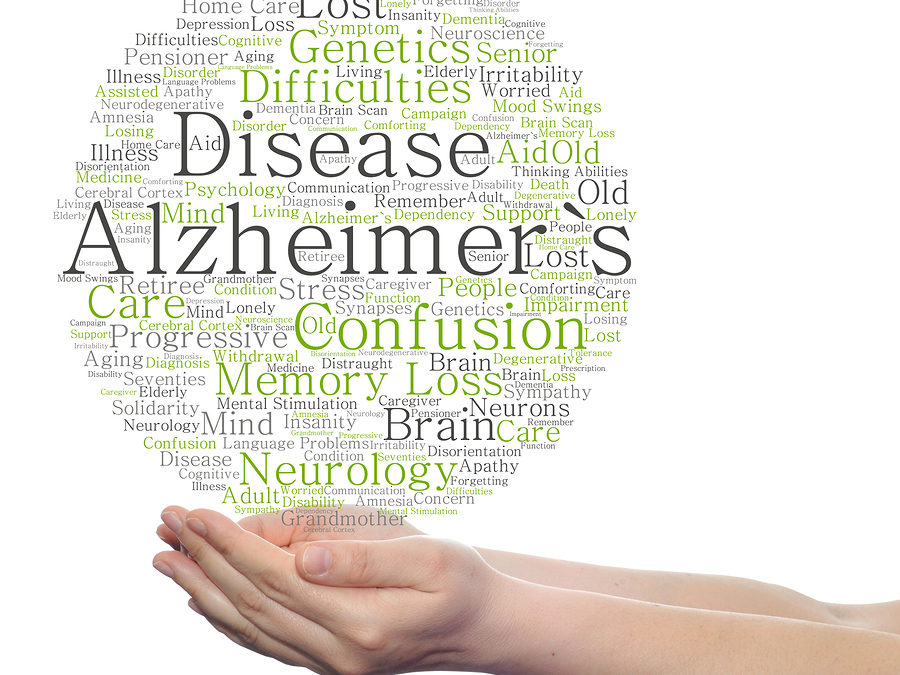Losing sleep over Alzheimer’s disease
In patients with Alzheimer’s disease (AD), amyloid-β (Aβ) plaques and tau protein tangles accumulate in the brain long before the appearance of clinical symptoms. Early intervention is critical for slowing neurodegeneration and disease progression. Therefore, reliable markers of early AD are needed. Lucey et al. analyzed sleep patterns in aging cognitively normal subjects and showed that non–rapid eye movement (NREM) sleep negatively correlated with tau pathology and Aβ deposition in several brain areas. The results show that alterations in NREM sleep may be an early indicator of AD pathology and suggest that noninvasive sleep analysis might be useful for monitoring patients at risk for developing AD.
Dormir mal en los adultos mayores podría ser una señal de advertencia de deterioro cognitivo. Así, la medición de los patrones de sueño podría ser una forma no invasiva de detección precoz de la enfermedad de Alzheimer o de desarrollo de problemas cognitivos y de memoria.
http://stm.sciencemag.org/content/11/474/eaau6550.short
http://stm.sciencemag.org/content/11/474/eaau6550.short


